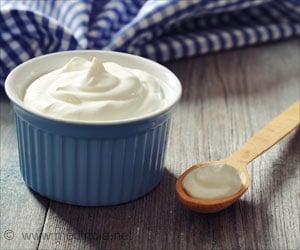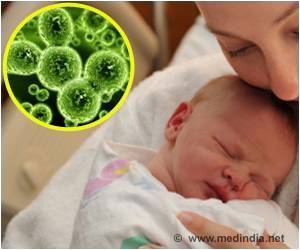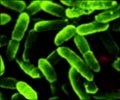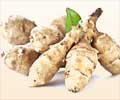About
Probiotics are live microorganisms that resemble the beneficial bacteria inhabiting human gut.
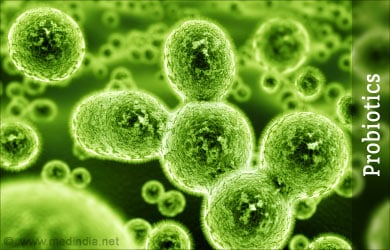
The World Health Organization and the Food and Agriculture Organization of the United Nations define probiotics as “live
Since ancient times,
Most of the probiotic bacteria belong to two groups - Lactobacillus or Bifidobacterium, each of which further contains several species. Another probiotic, Saccharomyces boulardii, a type of
Yogurt is a good source of probiotic bacteria. Probiotic bacteria are also present in other foods such as fermented and unfermented milk, tempeh, miso, certain varieties of juices and soy beverages. In these foods, the bacteria may have been originally present or might have been added during preparation.
Probiotics are also available as
Prebiotics, on the other hand, are foods or nutrients that are used by specific bacteria. They can be added to the diet to increase the chances of the particular bacteria growing and thriving in our system. Fructooligosaccharides (FOS), the classic example of prebiotics, consist of compounds made up of fructose sugar molecules connected in long chains. They occur in natural foods such as tubers, leeks, onions, honey, certain grains and also in Jerusalem artichokes.
It is interesting to note that our bodies harbor multitudes of bacteria in places like the gut, skin and orifices. Each of our bodies has a different combination of microorganisms. The friendly bacteria that we harbor are essential in maintaining and developing our immune system which guards us against diseases. To a large extent, the interaction between an individual and the microorganisms present in his body as well as the interaction between these indigenous microorganisms, determine the well being of the person.
It has been found that there are cells in the intestine that are connected to the immune system. When probiotics are added to our diet, the microorganisms already existing in our gut may be manipulated to improve our defense mechanisms.



